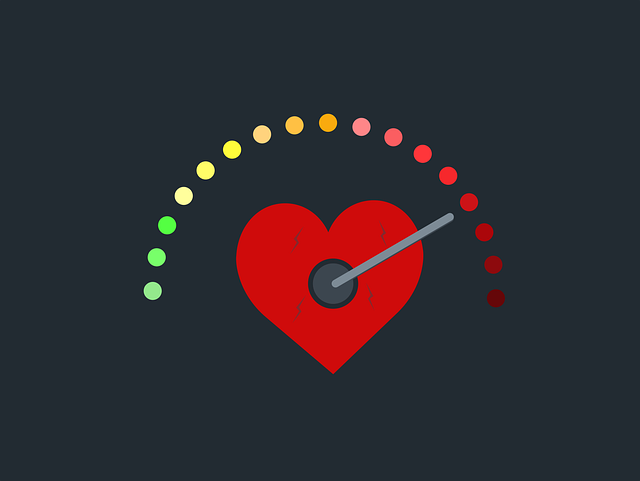Art has long been a medium for self-expression, storytelling, and connection. From cave paintings to modern masterpieces, humans have used art to communicate emotions, document experiences, and explore the depths of their inner worlds. In recent decades, this innate human inclination toward creativity has been harnessed as a powerful therapeutic tool. Art therapy, a form of psychotherapy that integrates artistic expression with psychological healing, has emerged as an effective approach to addressing mental health challenges. By tapping into the creative process, individuals can unlock emotions, process trauma, and develop healthier coping mechanisms. This article explores the role of art therapy in mental health, its benefits, applications, and why it resonates so deeply with those seeking healing.
What is Art Therapy?
Art therapy is a specialized form of therapy that uses creative processes—such as drawing, painting, sculpting, collage-making, or even digital art—as a means of communication and self-discovery. It is facilitated by trained art therapists who guide individuals through the process of creating art while helping them interpret their work and connect it to their emotional state.
Unlike traditional talk therapy, which relies heavily on verbal communication, art therapy allows individuals to express themselves nonverbally. This makes it particularly beneficial for people who struggle to articulate their feelings, such as children, trauma survivors, or individuals with cognitive impairments. The goal is not to create aesthetically pleasing artwork but to use the act of creation as a pathway to understanding and healing.
How Does Art Therapy Work?
The therapeutic power of art lies in its ability to bypass language barriers and access deeper layers of the mind. When someone engages in the creative process, they activate different parts of the brain associated with emotion, memory, and sensory experience. Here’s how art therapy works:
- Self-Expression : Creating art provides a safe outlet for expressing complex emotions like anger, grief, fear, or joy without relying on words.
- Emotional Processing : Through guided reflection, individuals can uncover hidden feelings or unresolved issues embedded in their artwork.
- Stress Reduction : The rhythmic, repetitive motions involved in activities like coloring or painting induce relaxation and reduce cortisol levels.
- Empowerment : Completing a piece of art fosters a sense of accomplishment and boosts self-esteem.
- Mindfulness : Focusing on the present moment during the creative process encourages mindfulness, helping individuals stay grounded and centered.
Benefits of Art Therapy for Mental Health
Art therapy offers numerous benefits across various mental health conditions. Some of the most notable advantages include:
1. Managing Anxiety and Depression
For individuals struggling with anxiety or depression, art therapy provides a calming and structured way to confront negative thoughts and emotions. Creating art can serve as a distraction from rumination while also offering insight into underlying triggers.
2. Processing Trauma
Traumatic experiences often leave individuals feeling disconnected from their bodies and emotions. Art therapy helps bridge this gap by allowing survivors to externalize their pain and begin the healing journey at their own pace.
3. Enhancing Self-Awareness
Through the act of creating and reflecting on their artwork, individuals gain a clearer understanding of their thoughts, behaviors, and patterns. This heightened self-awareness is crucial for personal growth and change.
4. Improving Communication Skills
For those who find it difficult to express themselves verbally, art becomes a bridge to communication. It can also strengthen relationships by fostering empathy and mutual understanding between participants in group settings.
5. Supporting Neurodivergent Individuals
Art therapy is especially valuable for neurodivergent populations, such as individuals with autism spectrum disorder (ASD) or attention deficit hyperactivity disorder (ADHD). It provides a non-threatening way to engage with the world and develop social-emotional skills.
6. Promoting Physical Rehabilitation
In cases where physical injuries coincide with mental health struggles, art therapy can aid in recovery by improving fine motor skills, coordination, and confidence.
Applications of Art Therapy
Art therapy is versatile and can be applied to diverse populations and settings. Below are some common areas where it is utilized:
1. Children and Adolescents
Children often lack the vocabulary to describe their feelings, making art therapy an ideal intervention. It is frequently used to address behavioral issues, school-related stress, bullying, and family dynamics.
2. Veterans and First Responders
Military personnel and first responders dealing with post-traumatic stress disorder (PTSD) or moral injury benefit greatly from art therapy. It allows them to process traumatic events and rebuild trust in themselves and others.
3. Older Adults
For seniors facing dementia, loneliness, or age-related illnesses, art therapy stimulates cognition, enhances mood, and fosters social interaction. It also preserves identity and dignity by celebrating life stories through creative expression.
4. Addiction Recovery
Individuals recovering from substance abuse use art therapy to identify triggers, manage cravings, and envision a future free from addiction. It serves as a constructive alternative to harmful habits.
5. Chronic Illness and Palliative Care
Patients coping with chronic pain, cancer, or terminal diagnoses find solace in art therapy. It helps them cope with loss, uncertainty, and existential questions while maintaining a sense of agency.
Why Art Therapy Resonates
At its core, art therapy taps into something universal: the human need to create and connect. Unlike other therapies that may feel clinical or intimidating, art therapy feels accessible and inviting. There’s no “right” or “wrong” way to make art—it’s purely about exploration. For many, the absence of judgment creates a space where vulnerability is welcomed, and healing begins.
Moreover, art therapy transcends cultural and linguistic boundaries. It speaks directly to the heart, bypassing societal norms and expectations. Whether you’re painting abstract shapes, molding clay, or assembling a collage, each stroke and choice reflects your unique perspective.
Challenges and Considerations
While art therapy is highly effective, it’s important to acknowledge potential limitations:
- Accessibility : Not everyone has access to trained art therapists or the resources needed for sessions.
- Misconceptions : Some people mistakenly believe they need artistic talent to participate, which isn’t true.
- Integration with Other Therapies : Art therapy should complement—not replace—other forms of treatment, such as medication or cognitive-behavioral therapy (CBT).
Working with a certified art therapist ensures that the practice remains evidence-based and tailored to individual needs.

